Facial Steam For Acne: Benefits And A Step-By-Step Guide
Bring the heat to those pesky pimples and rejuvenate your skin right at home.
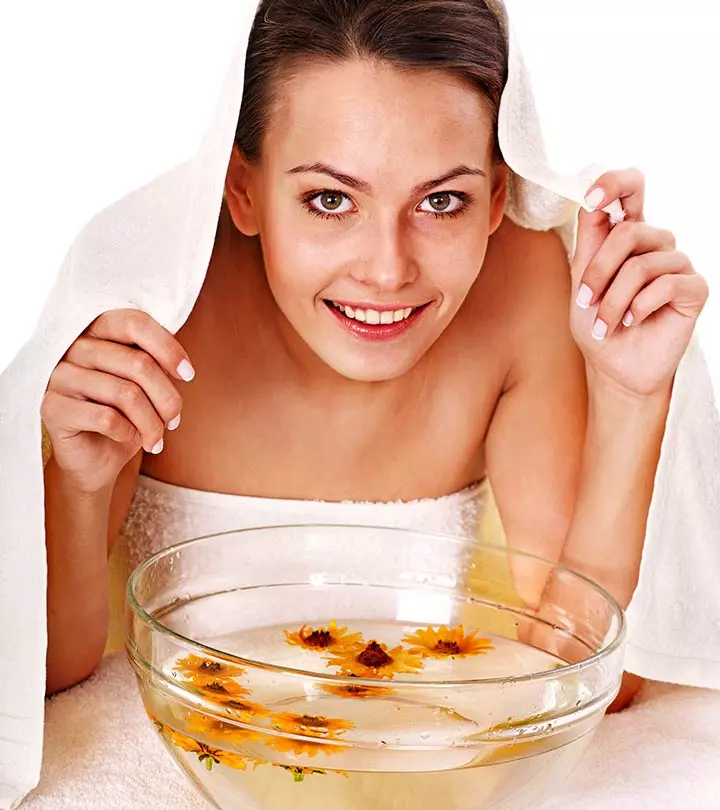
Image: Shutterstock
If you are struggling with acne and blemishes, you may try steaming your face. Using facial steaming for acne-prone skin can be beneficial in certain ways. It helps loosen the accumulated dirt in your skin pores. As a result, skin care products and topical acne medications can easily get absorbed. In other words, it may improve the efficacy of the products you use. Keep reading to learn how facial steaming may work for acne-prone skin and precautions to follow.
 Trivia
TriviaIn This Article
How Facial Steaming Helps In Reducing Acne

Before you follow any skin care routine, you should understand why and how it will help remedy your skin problems. Acne is caused when the pores in your skin are blocked with oil, sebum, or dead skin cells and bacteria. An article published in PubMed Health reports that exposing the skin to warm water or facial steam helps in clearing and unclogging the pores (1). This is important for reducing acne outbreaks.
Another study found that steaming the skin helped in increasing its permeability, which helps it absorb the acne medication or any other skin ointments better (2). In other words, facial steaming improves the efficacy of the skin ointments or creams you are using. Your skin softens after receiving steam, and anything that you apply works better (3).
Now you know why those acne care ointments and creams were not helping you! Unless they reach the deep skin layers, they are not going to work – and facial steaming aids this process. Also, when your pores are clean, you no longer need to worry about those ugly zits coming back. So, if you are wondering how to clean your face at home the right way, facial steaming should be an integral step in your routine. Let’s explore some more benefits of using facial steam for acne.
Key Takeaways
- Steaming your skin may help unclog pores, absorb skincare better, and remove impurities.
- Using a steamer for your face may boost collagen levels and help your pores release hydrating natural oils.
- You can use a bowl of hot water, a warm towel, or a facial steamer to steam your face at home.
- Never steam your face more than twice a week and for over 10-12 minutes to avoid skin irritation.
- Adding essential oils to your steam according to your skin type to help boost skin health and wellness.
Benefits Of Using Facial Steam For Acne
1. It Cleanses Your Skin Thoroughly
Using steam on your face helps open up the skin pores, cleansing the dirt, and eliminating acne-causing bacteria. It also softens the blackheads and whiteheads (caused by blocked pores), making it easy to get rid of them.
2. It Boosts Circulation
The facial steam causes perspiration. This, in turn, dilates your blood vessels, boosts blood flow to your face and reduces inflammation. Blood delivers oxygen and other nutrients to your face, making it healthy and glowing.
3. It Hydrates The Skin
Facial steaming helps your skin with hydration. When your pores are open, they release natural oils that keep your skin moisturized and fight dry skin.
4. It Improves The Permeability Of Your Skin
Facial steaming improves the permeability of your skin, making it absorb topical medicines effectively. This means that the effectiveness of your topical medication also increases. Facial steaming opens the pores, loosening any clogged dirt, oil, and impurities and boosting product absorption. It is a good addition to your skincare routine, helping you get the most out of your moisturizers, serums, and other skincare products for combating acne.
Li Yeun, a blogger, embraced facial steaming with mango peels for radiant skin. She said, “I have religiously performed this ritual at least once every two weeks in my own home. I discover that my skin tend to absorb skin care products better after steaming (ⅰ).”
5. It Boosts Collagen Development
Your face receives an increased amount of blood after the steaming process, which also results in nutrients and oxygen getting delivered to it. This boosts collagen production, improves the elasticity of the skin, and reduces fine lines and wrinkles.
6. It Helps You Relax
Facial steaming is exceptionally soothing and relaxing. And when you add essential oils to the water, it’s like a complete aromatherapy treatment that not only makes your skin glow but also soothes your senses.
The best part is that you can easily enjoy all these benefits right at home! Here’s a step-by-step guide to steam your face at home.
How To Do Facial Steaming For Acne At Home
There are different methods to do facial steaming at home, and they are discussed below:
-
Using A Bowl

Step 1. Place a big bowl on a table. Pull a chair and adjust its height to that of the bowl on the table.
Or
You can do this in your sink. Block the outlet and place a chair near it. Adjust the height as per your comfort.
Step 2: Secure your hair with a rubber band or a towel. Use a mild cleanser or an exfoliator on your face and neck for gentle exfoliation.
Step 3: Boil water. The quantity of water depends on the size of the bowl or sink.
Step 4: You can add a few herbs, such as peppermint, eucalyptus, rosemary, lavender, and chamomile, to the warm water. Or add any essential oil of your choice. If you are using herbs, add them before you take the pan off the burner, and if you are using essential oils, add them after you pour the water in the bowl/sink and it has cooled down a bit.
Step 5: Once you have poured the water in the bowl/sink and added the essential oils (if you are using them), put the towel over your head and bend over the bowl/sink. Keep your face 6 inches above the bowl/sink.
Step 6: Adjust the distance as per the amount of heat you can bear. You can mist the corner of the towel every moment you need to cool your face down.
Step 7: Do it for not more than 10 minutes.
-
Using Towels
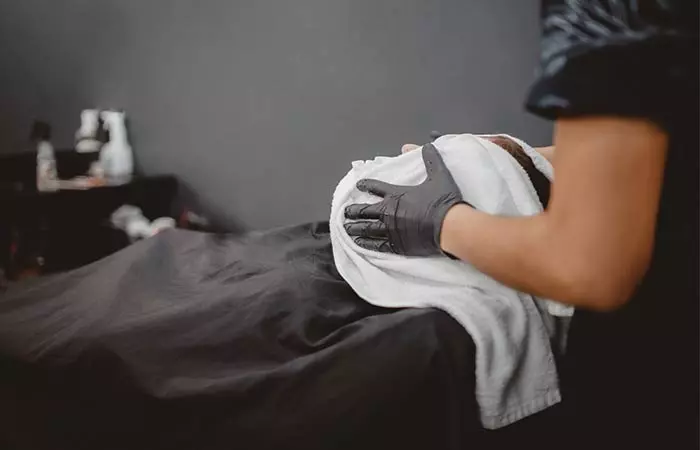
Start by following steps 1 to 4 in the method mentioned above. Then, do the following.
Step 1: Soak a fluffy and clean towel in hot water and wring it well.
Step 2: If you are sitting in a chair, lean back and place the hot towel on your face. Adjust it in such a way that it covers the entire face. You can do the same while lying down.
Step 3: Do not continue the session for more than 10 minutes. Break down your session to 2 minutes for each step.
-
Using A Facial Steamer
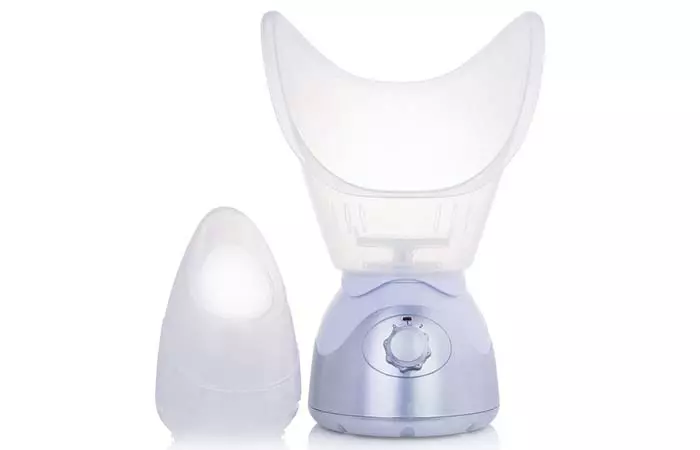
Step 1: Buy a facial steamer. These are readily available online.
Step 2: Read the instructions carefully to know the amount of water to be used. Fill it up accordingly and place it on a table, adjusting the height with that of the chair you will be using to sit during the session.
Step 3: Secure your hair using a towel or a band. Cleanse and exfoliate your face with a gentle cleanser or exfoliator.
Step 4: Place your face on the cone-like opening on the top of the steamer. Make sure you keep your face at a distance (as mentioned in the instructions).
Step 5: Take the steam for 2-3 minutes at a stretch. Take breaks in between to see how your skin feels. You should do this because, compared to the other methods, facial steamers give out strong steam.
Once you are done with the steaming process, pat your face dry or let it dry naturally. Apply a healing mask that contains ingredients that your skin can absorb easily for that added glow and beauty. You can even apply skin serum or cream on your face.
 Did You Know?
Did You Know?Now, the next question is, how often can you do facial steaming at home? Here’s your answer.
How Often Should You Do Facial Steaming And For How Long?
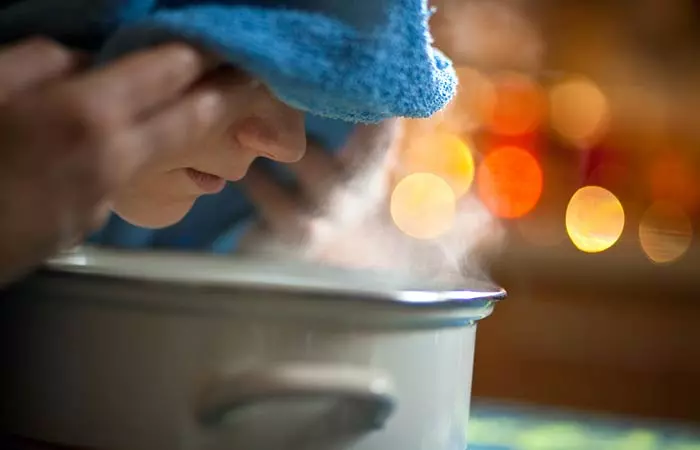
We know that anything done in excess is not good. Excessive steaming is bad for your acne as it can aggravate the condition. Hence, it is best to steam your face once a week. However, if your pores are excessively clogged, you can do facial steaming twice a week – but not more than that. You can continue this steam therapy for two weeks and switch to the once-a-week routine after that.
Usually, steaming should not be done for more than 10 minutes at one go. However, you can adjust the duration based on your skin type.
- For normal/combination skin type: Once a week for 12 minutes
- For dry skin: Twice a week for 10 minutes
- For oily skin: Twice a week for 12 minutes
- For sensitive skin: Consult your dermatologist to know if your skin can tolerate steaming or not.
If you want an exotic spa-like feeling, you can always experiment with essential oils. But which essential oils should you choose?
Essential Oils To Use For Facial Steaming

The type of essential oils you use depends on what suits your skin (usually, all essential oils are harmless – unless you are allergic to them).
For acne, use tea tree oil and rosemary oils.
If you have dry skin and acne, use tea tree oil in combination with jasmine and rose essential oils (any two or all three).
If you have sensitive skin and acne, use tea tree oil, lavender, and geranium oils.
For additional relaxation and rejuvenation, you can always use:
- Citrus-scented oils, such as lemon, lime, orange, bergamot oils for a refreshing feeling
- Chamomile and lavender oils for soothing your senses
- Eucalyptus oil for that spa-like feeling
Make sure you don’t use more than 2-3 drops of any essential oil (if you are using a bowl or facial steamer). If the water quantity is more (like in a sink), you can add 4-5 drops of each essential oil, but not more.
While facial steaming may offer several benefits, it is also important to consider the disadvantages associated with it. Scroll down to learn more.
Disadvantages Of Facial Steaming
- May Strip Natural Oils: Frequent facial steaming may strip the skin off its natural oils and lead to dryness. It can also disrupt the skin’s natural barrier function and make it more susceptible to damage from pollution.
- May Lead To Skin Irritation: Steaming your face too frequently or using excess heat may lead to redness and inflammation, especially in individuals who have a sensitive skin type.
- May Aggravate Certain Skin Conditions: The heat used in the facial steaming process may dilate blood vessels and cause redness. Anecdotal evidence suggests that it can also make certain skin conditions, such as rosacea or eczema, worse.
Infographic: 3 Ways To Do Facial Steaming For Acne At Home
Tried every trick in the book to get that stubborn acne off your face? If you are wondering why nothing’s working, the reason could be your clogged pores. The build-up of dirt, oil, and dead skin can block your pores and keep any product from penetrating your skin. The solution? A facial steam. It will help unclog pores and remove impurities from the skin. Check out the infographic below to learn how you can do facial steaming from the comfort of your home. Illustration: StyleCraze Design Team

Facial steaming helps loosen the accumulated dirt from your skin pores, resulting in better absorption of skin care products and acne medications. Therefore, it is one of the best ways to reduce acne issues. Facial steam for acne helps clear the pores, eliminates acne-causing bacteria, hydrates the skin, boosts collagen production, and provides a soothing and relaxing effect. While taking the steam, you can also add a few herbs or drops of essential oils. However, if you want to achieve the desired results, you may have to put in some effort and do it regularly.
Frequently Asked Questions
Should you steam your face in the morning or at night?
Depending on your preference, you can steam your face in the morning or at night.
Can I use tap water in my face steamer?
No. It is preferable to use purified or distilled water rather than tap water in your steamer. The mineral-rich tap water is unsuitable for use in a steamer.
Does steam remove pigmentation?
No, there is no scientific evidence yet to suggest that steam can remove pigmentation from the skin.
Can steam remove blackheads?
Yes, steaming the face can help to remove blackheads as it softens the skin and helps to open up the pores.
Illustration: Facial Steam For Acne: Benefits And A Step-By-Step Guide
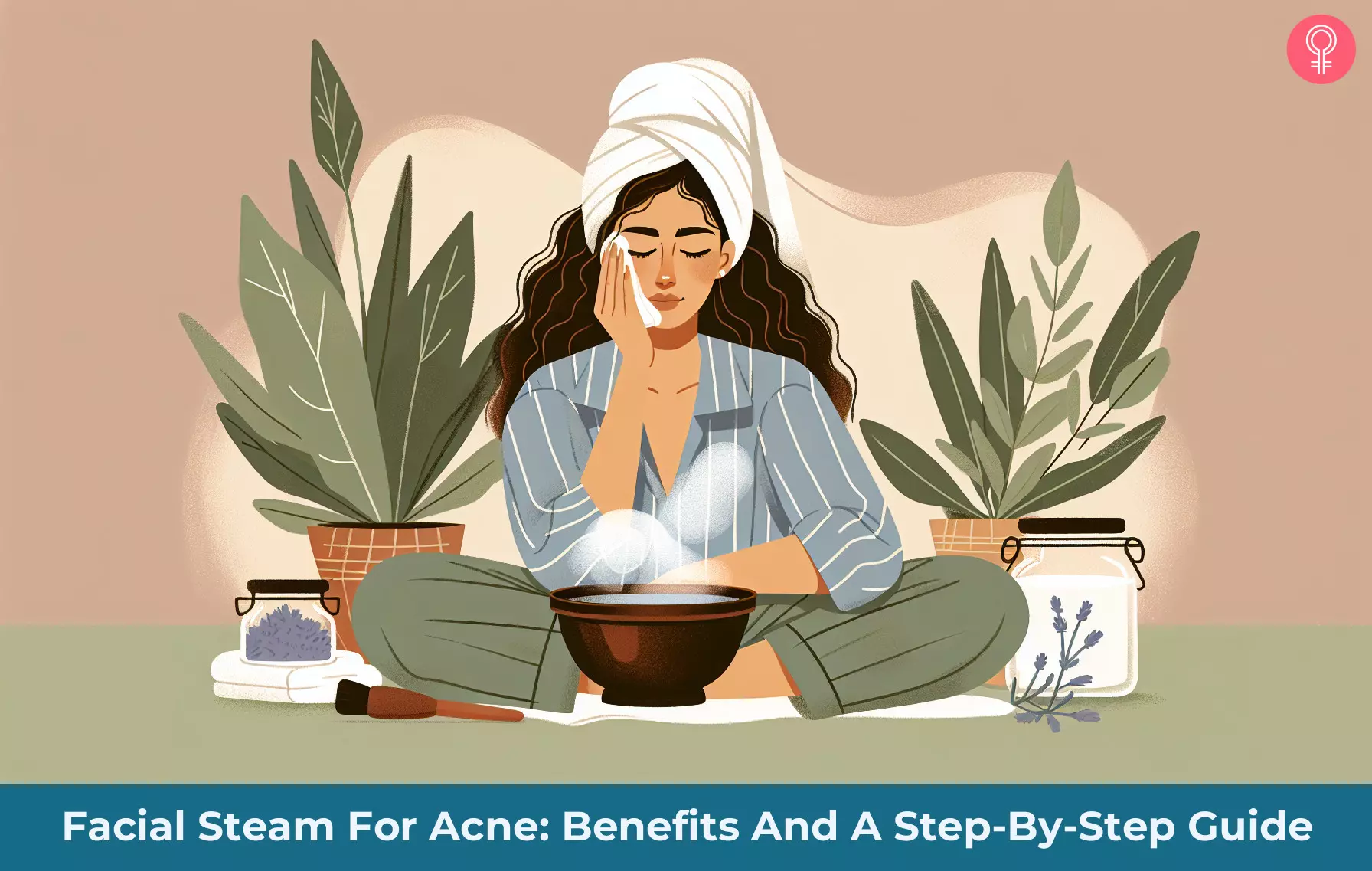
Image: Dall·E/StyleCraze Design Team
Learn how to steam your face for a deep cleanse in just minutes! Get all the tips and tricks you need to get glowing skin with the below face steam tutorial.
Personal Experience: Source
StyleCraze's articles are interwoven with authentic personal narratives that provide depth and resonance to our content. Below are the sources of the personal accounts referenced in this article.
i. FACIAL STEAMING & SCRUB WITH FRUIT PEELS – MY WAYhttps://engagedwithbeauty.wordpress.com/2013/12/15/facial-steaming-scrub-with-fruit-peels-my-way/
References
Articles on StyleCraze are backed by verified information from peer-reviewed and academic research papers, reputed organizations, research institutions, and medical associations to ensure accuracy and relevance. Read our editorial policy to learn more.
- Acne: Learn More – Skin care for acne-prone skin
https://www.ncbi.nlm.nih.gov/books/NBK279208/ - Warm Steaming Enhances the Topical Anesthetic Effect of Lidocaine
https://journals.lww.com/anesthesia-analgesia/pages/articleviewer.aspx?year=2004&&issue=04000&&article=00019&&type=Fulltext - Microsecond Thermal Ablation of Skin for Transdermal Drug Delivery
https://www.ncbi.nlm.nih.gov/pmc/articles/PMC3148293/
Read full bio of Dr.Jeff Jumaily
Read full bio of Ramona Sinha
Read full bio of Eshna Das
Read full bio of Shiboli Chakraborti






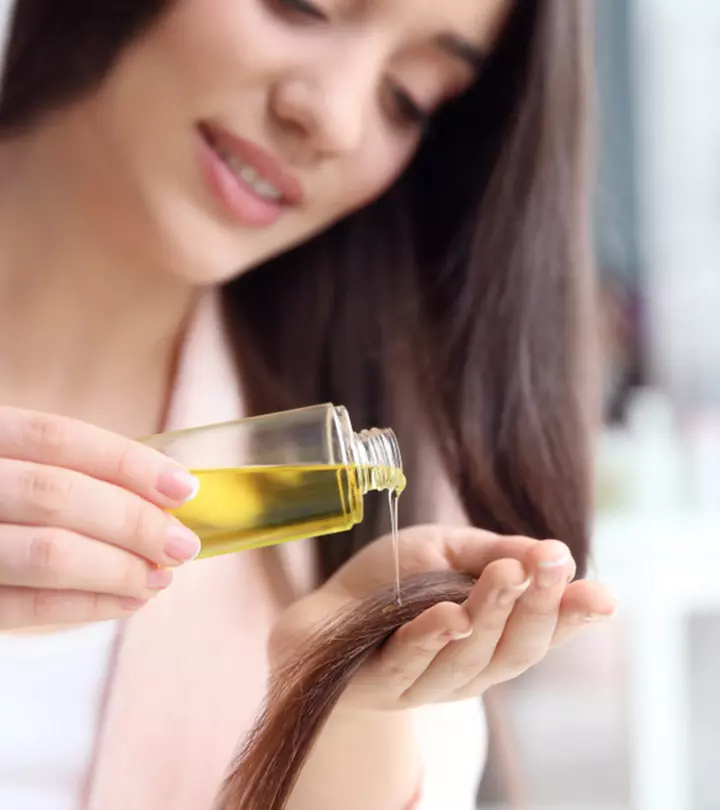

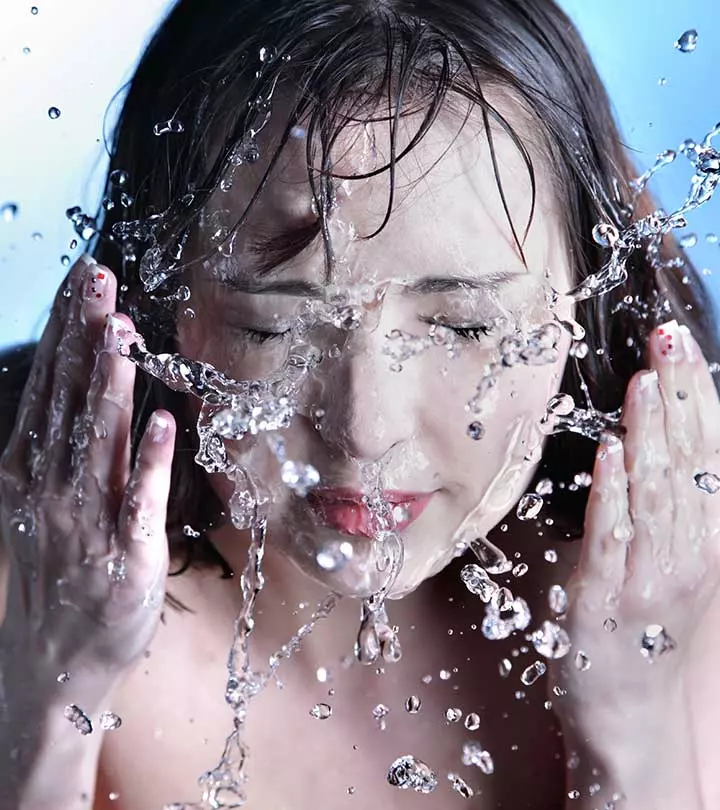
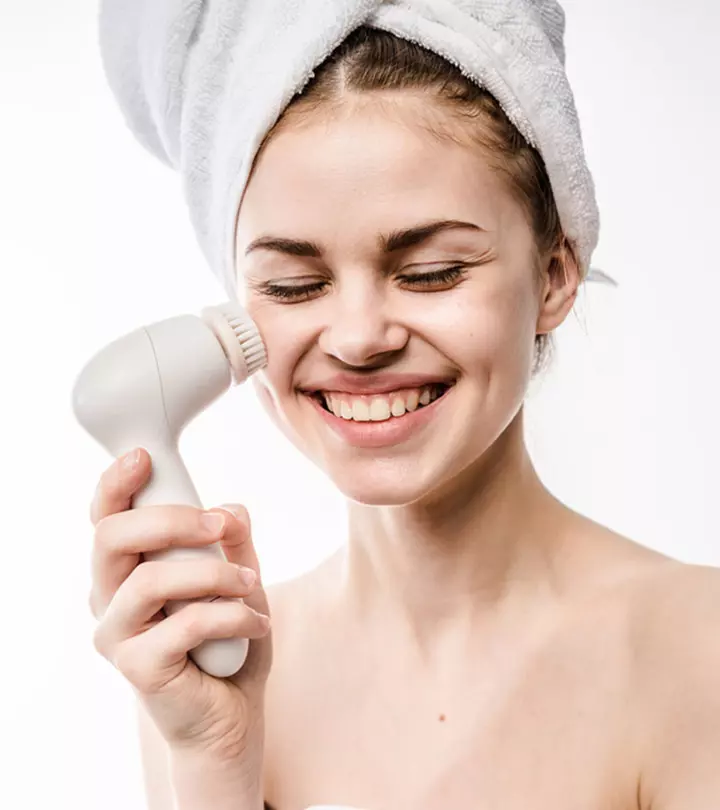
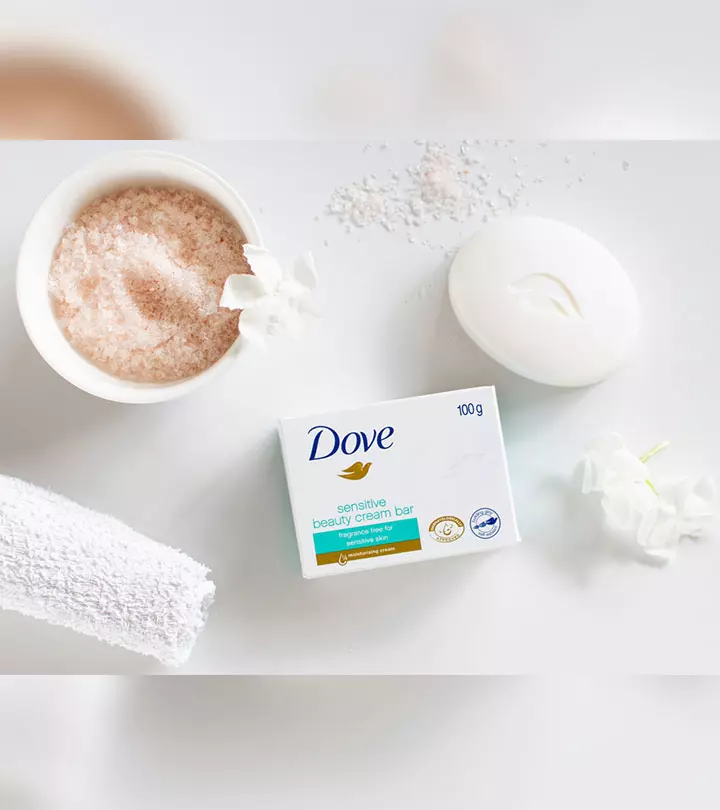
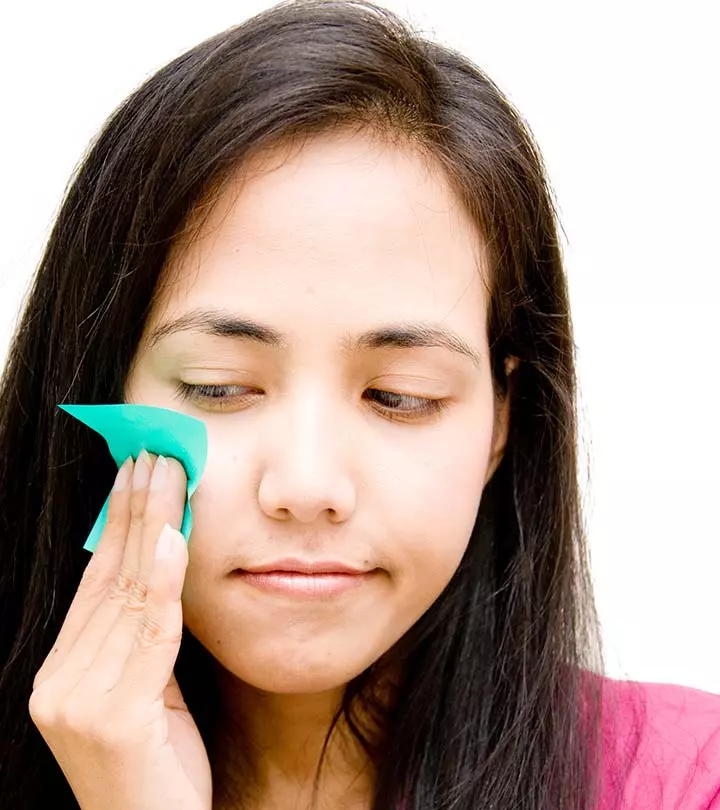
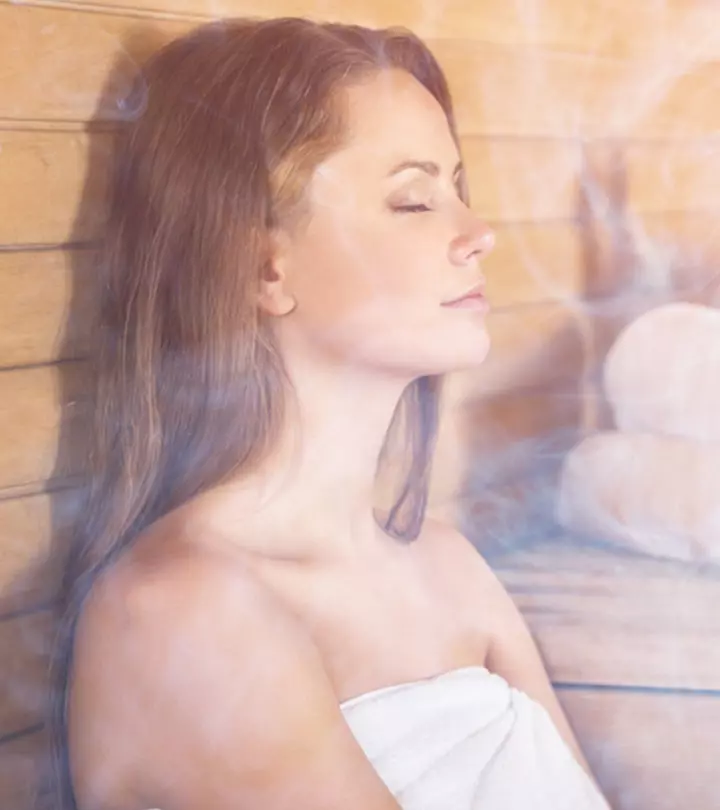
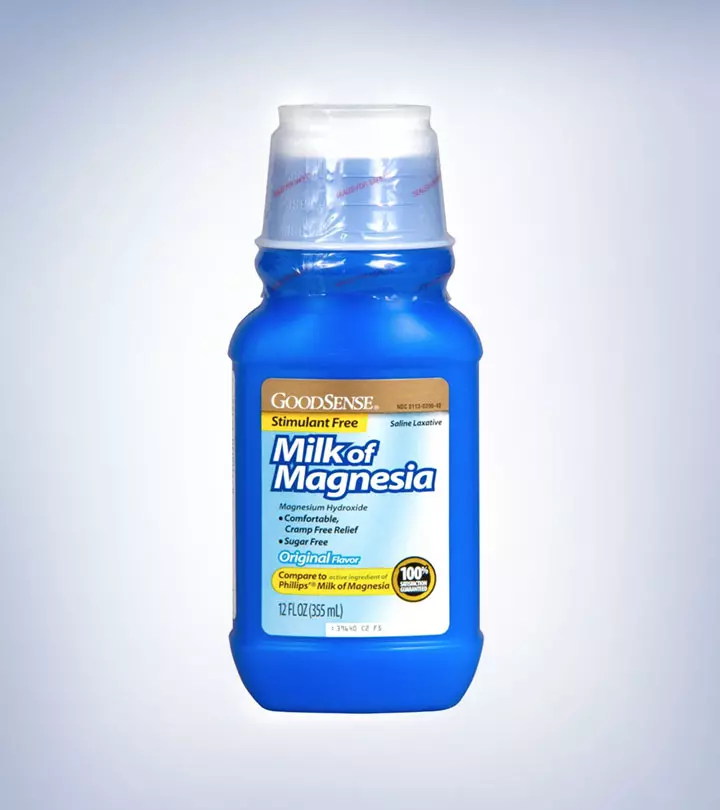
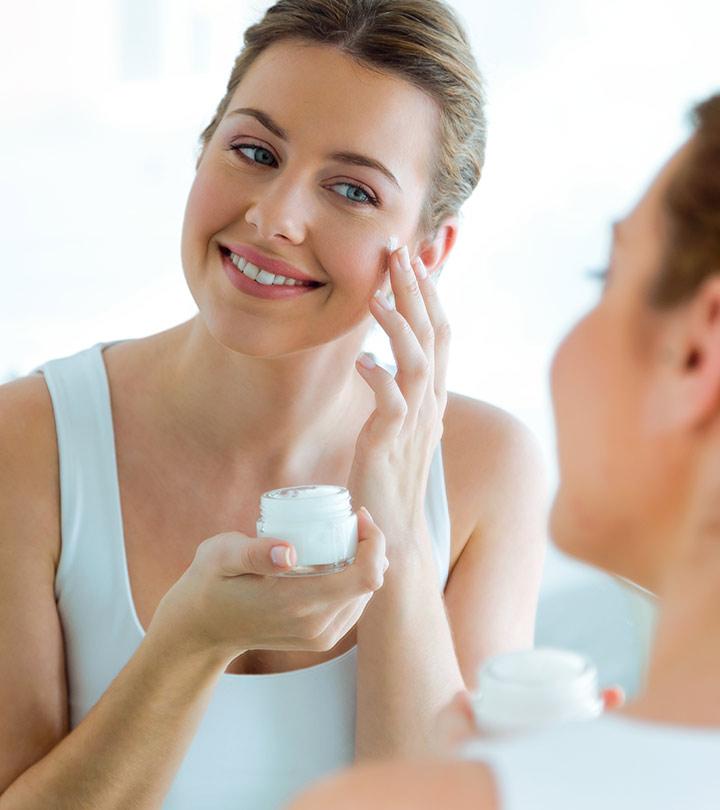
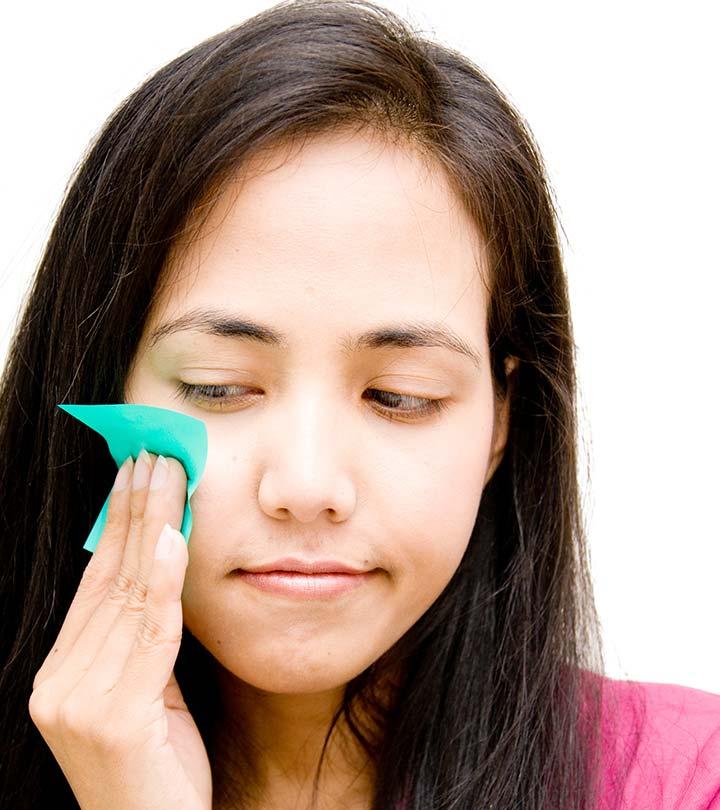
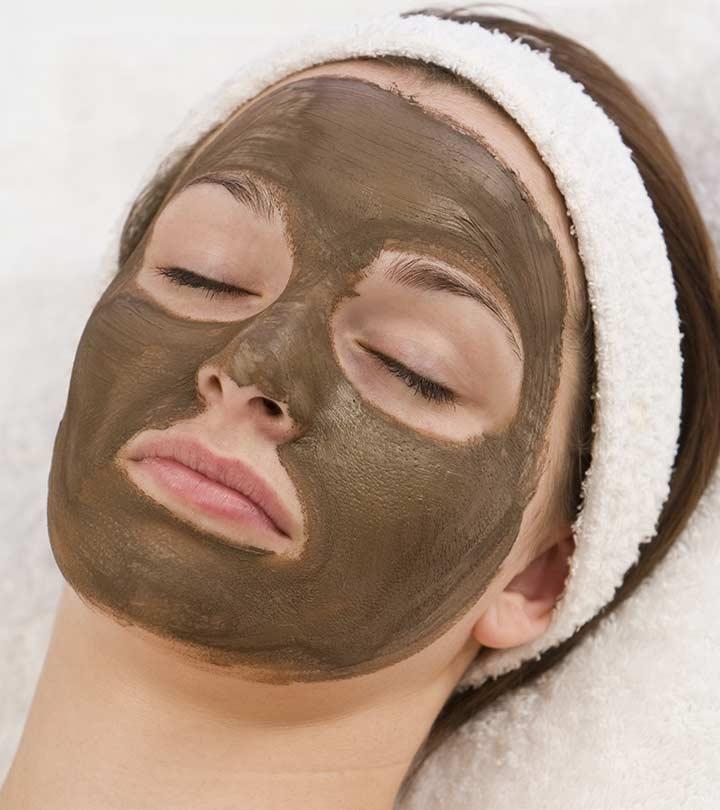
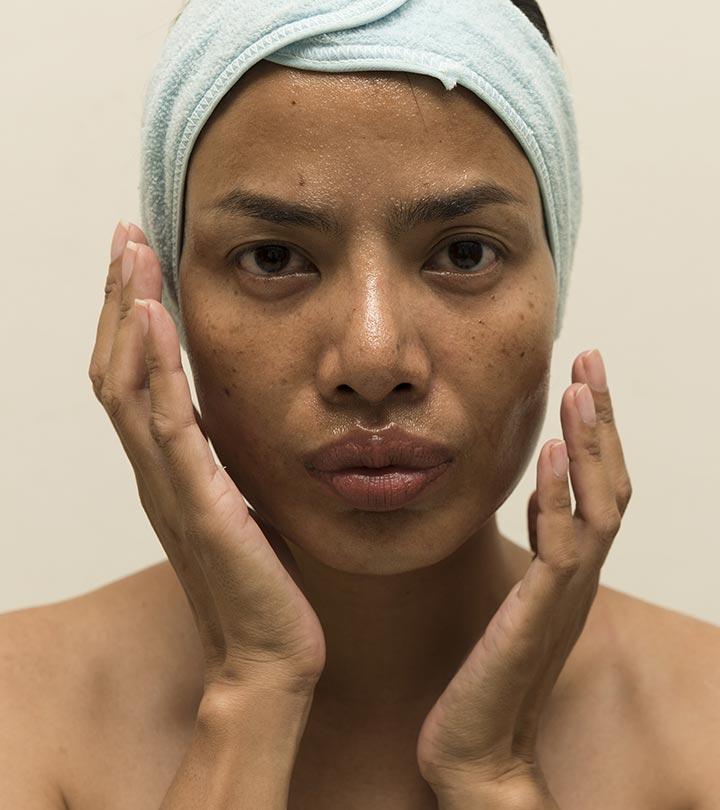
Community Experiences
Join the conversation and become a part of our empowering community! Share your stories, experiences, and insights to connect with other beauty, lifestyle, and health enthusiasts.